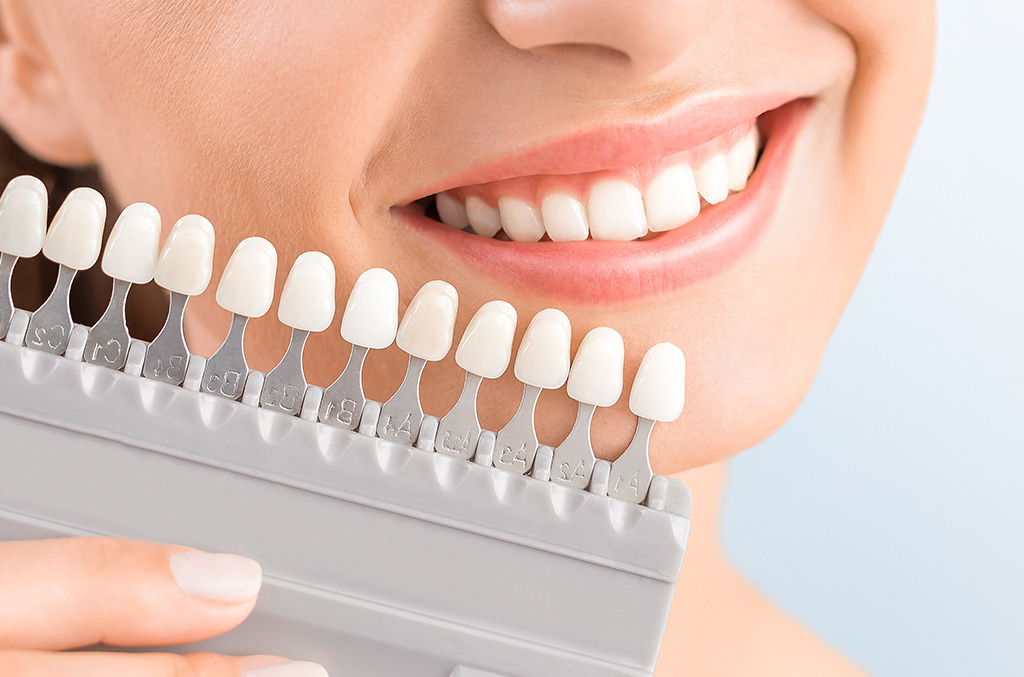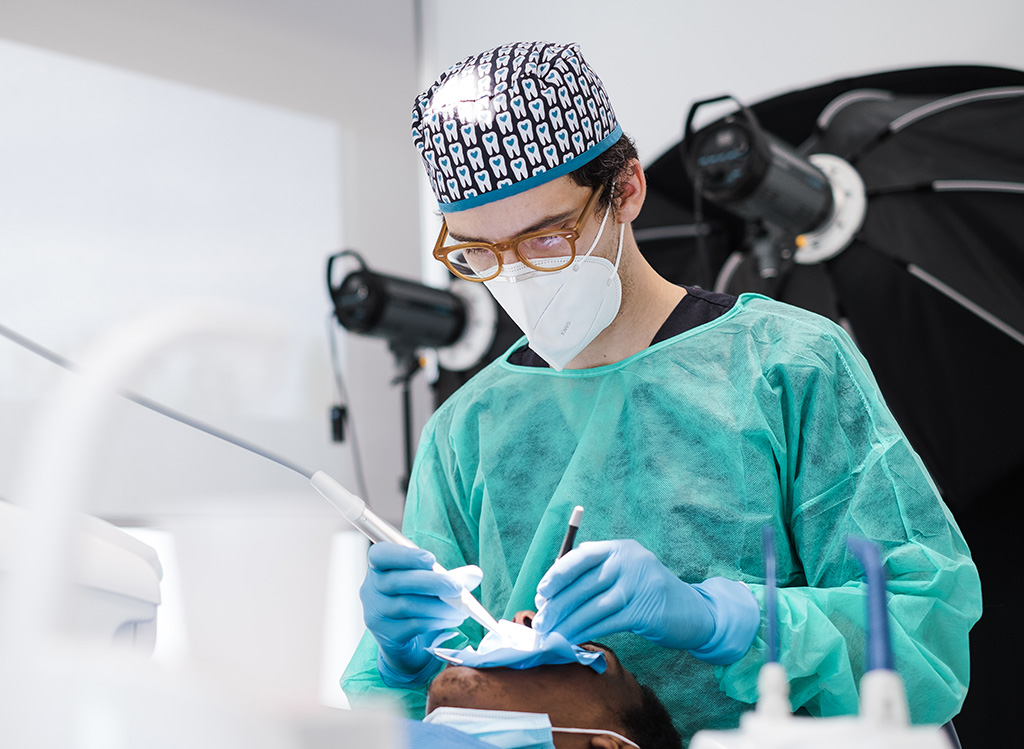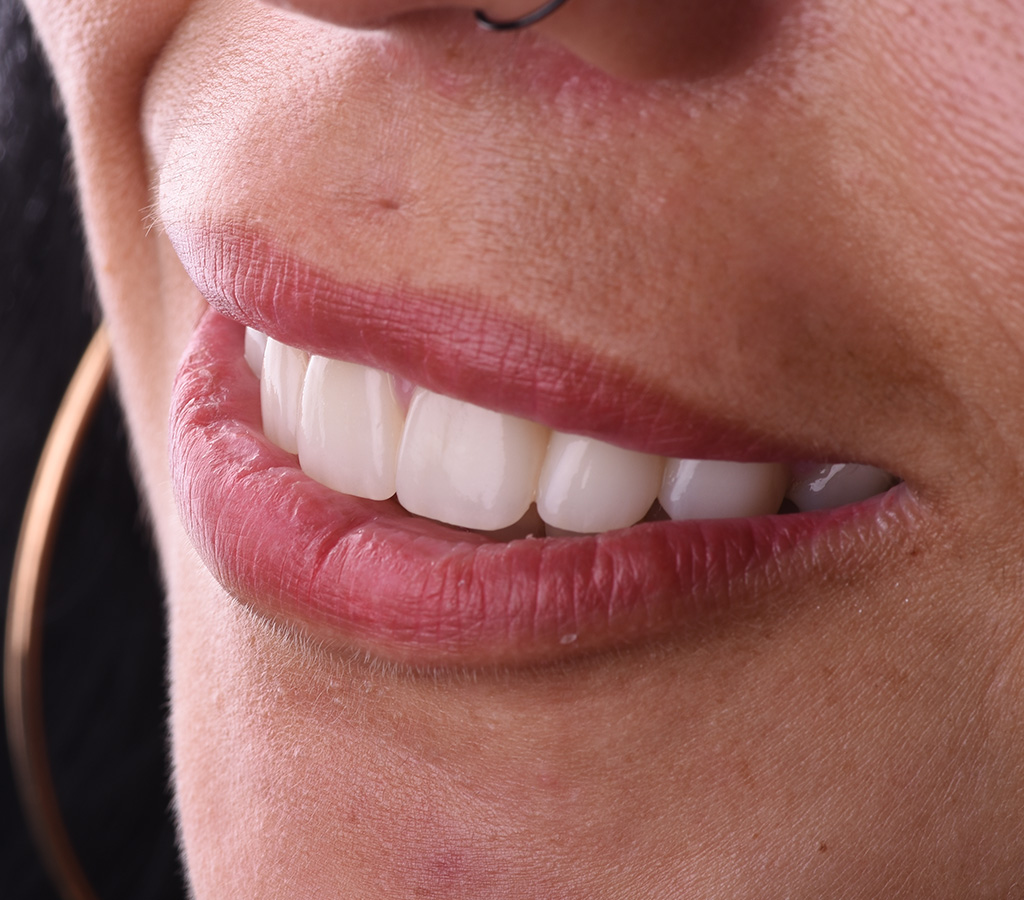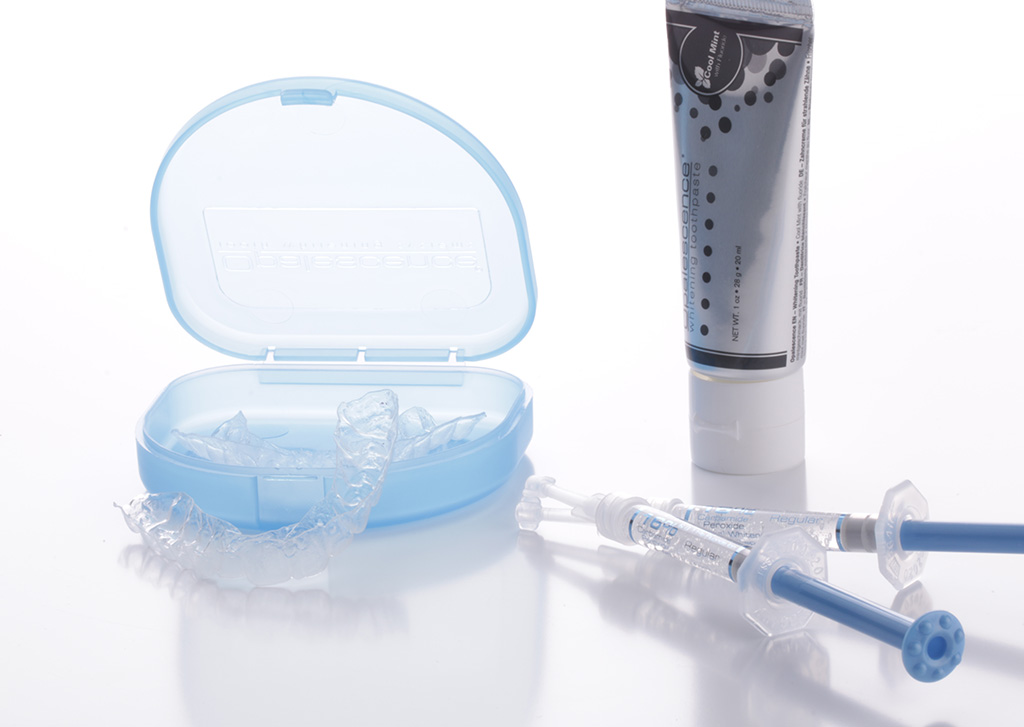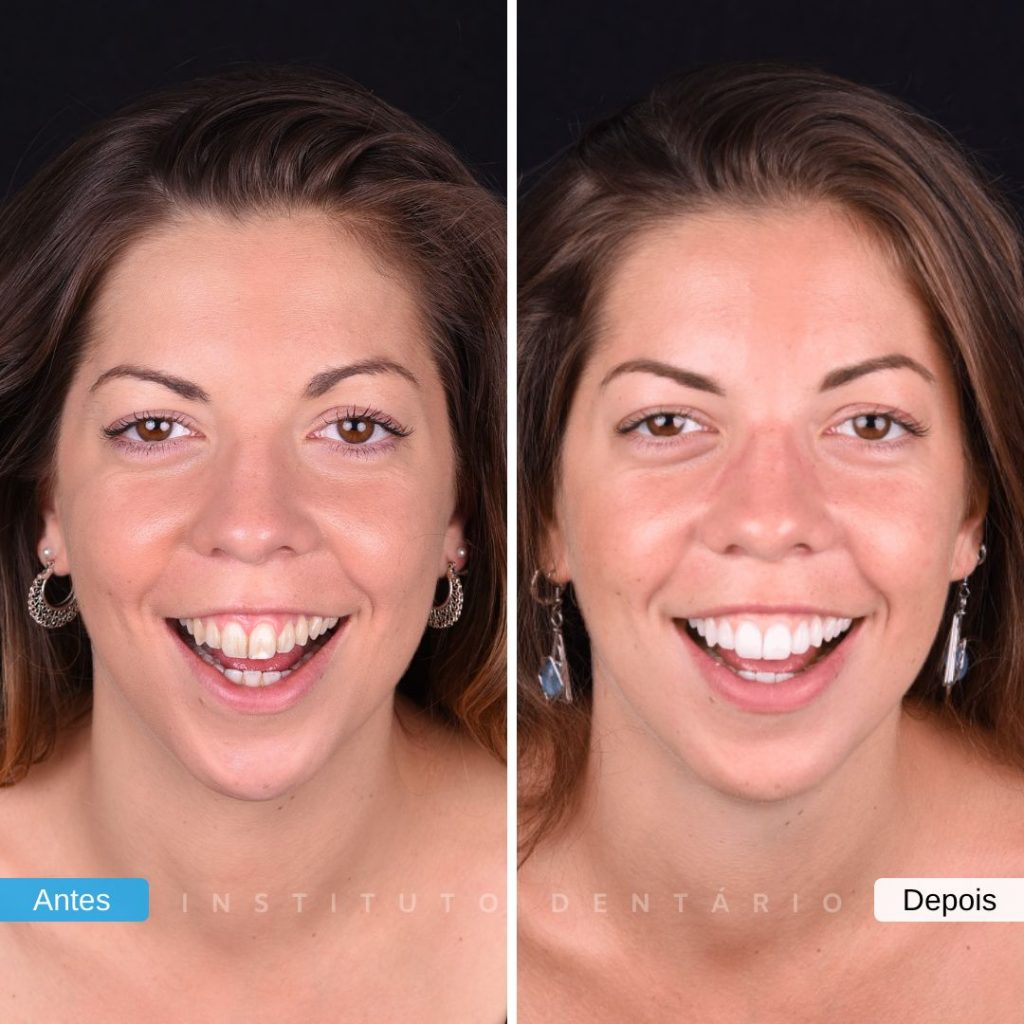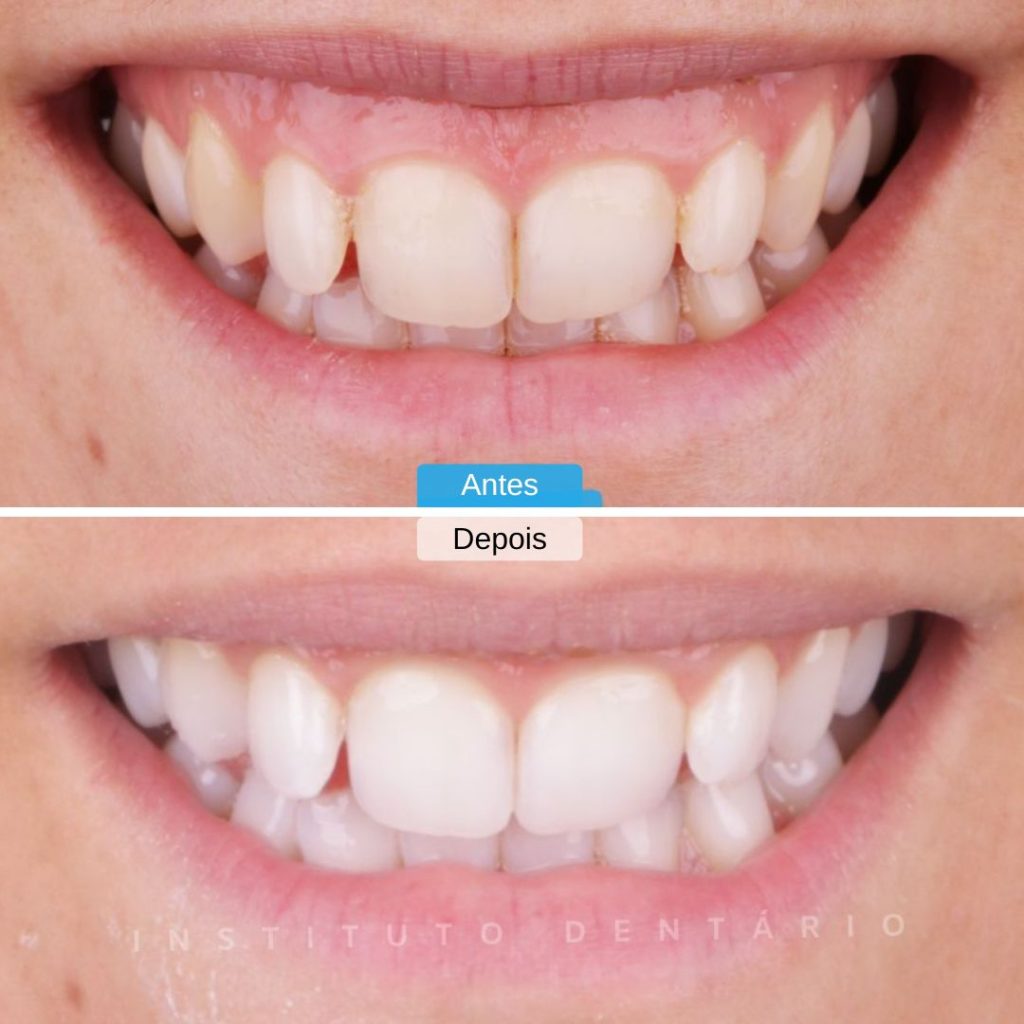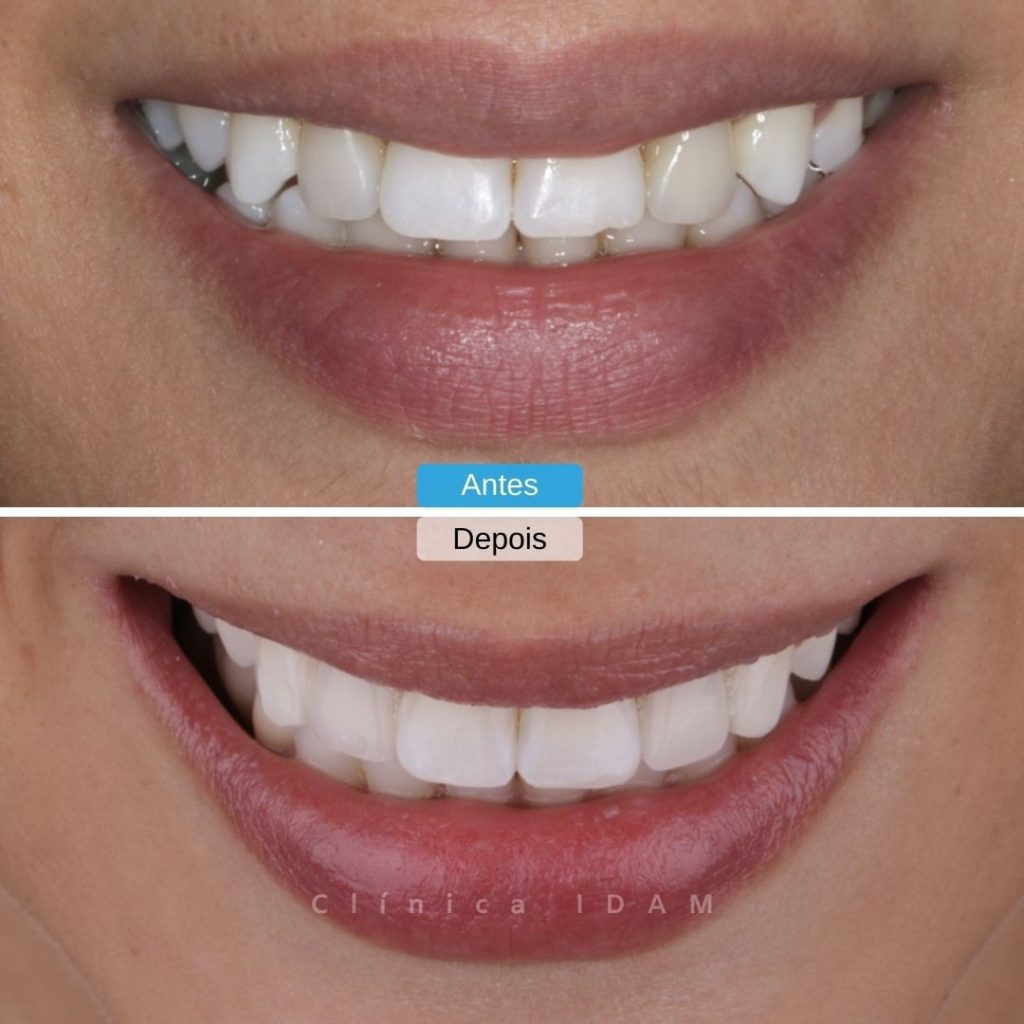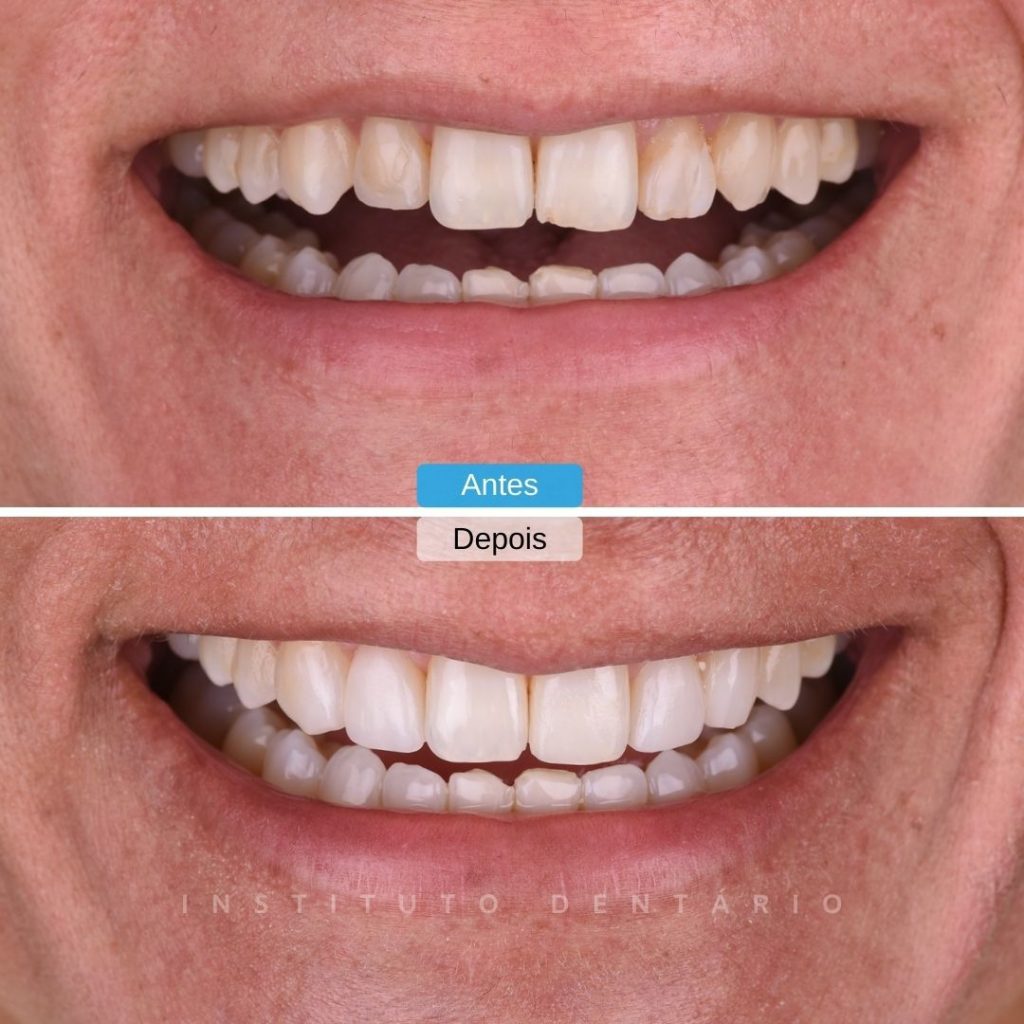Faq
Before having your teeth whitened, you should always have a consultation with your dentist to assess your oral health. It is also advisable to have an oral hygiene appointment, with scaling and polishing, prior to tooth whitening.
Tooth whitening may be contraindicated in patients with high tooth sensitivity or allergies to any of the product’s constituents. In addition, it is not recommended for young people under the age of 18.
With regard to pregnancy, there are no known contraindications, however, as a precaution, it should ideally be carried out before or after pregnancy.
The duration of whitening always depends on the patient’s diet, oral hygiene habits, smoking habits and the care taken to follow the recommendations given by the dentist, but it will never have permanent effects.
It usually lasts 2 years, but it is unlikely that the teeth will return to their natural colour, as it is possible to periodically reinforce the treatment with trays at home, whenever necessary and desired.
Teeth whitening is a non-invasive treatment that does not compromise tooth enamel, the hardest, outermost layer of our body. When carried out under the supervision of a dentist, the treatment will have no negative effects on the structure of the teeth.
Any tooth sensitivity that the patient may experience after tooth whitening is a consequence of the interaction between the components of the whitening gel and the surface of the tooth, but is transient and easily attenuated with the desensitising products that the dentist may recommend.
CONTACT
Schedule yout Appointment
Leave your contact details and we’ll book your appointment within 24 hours.

